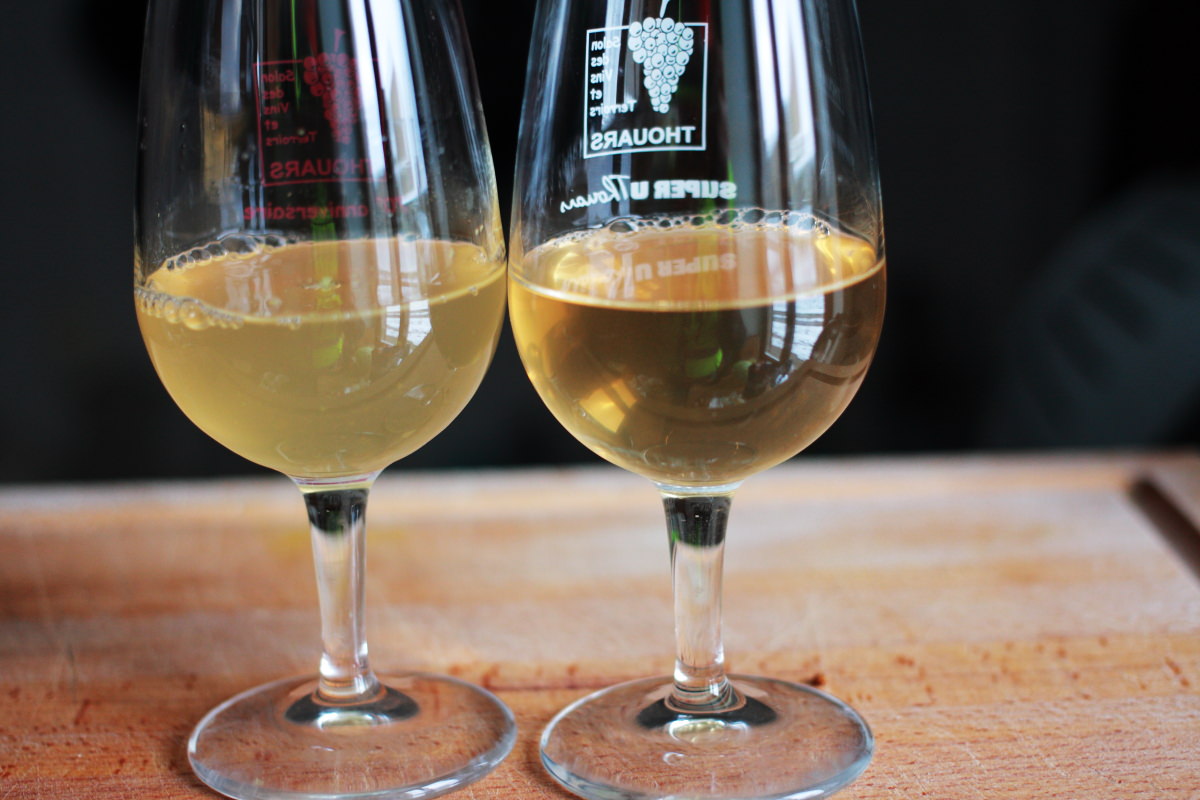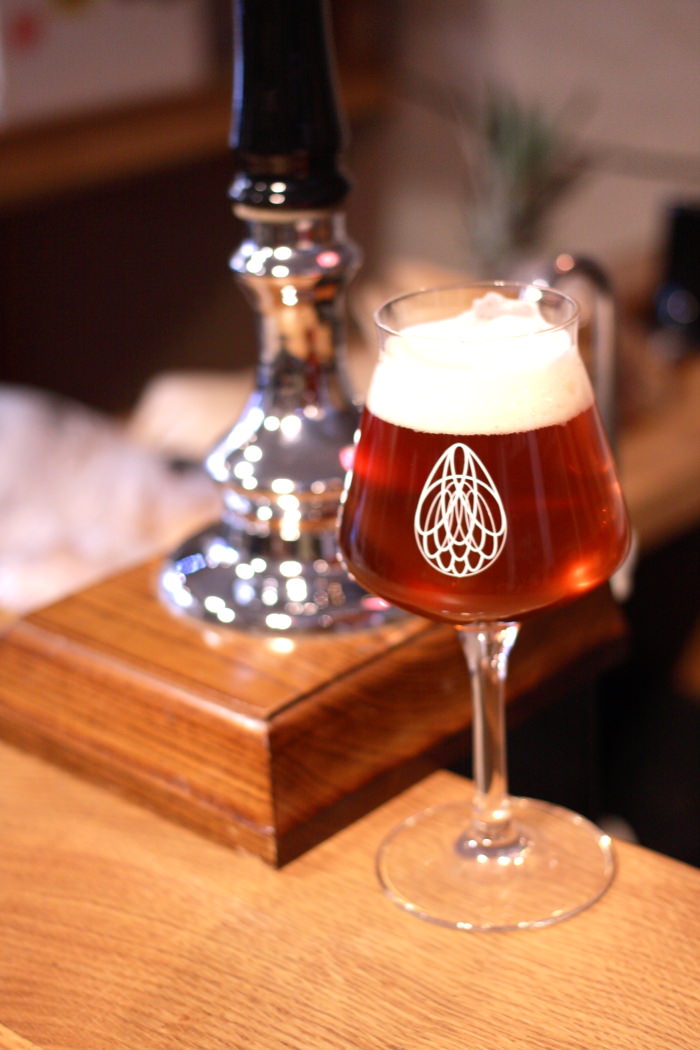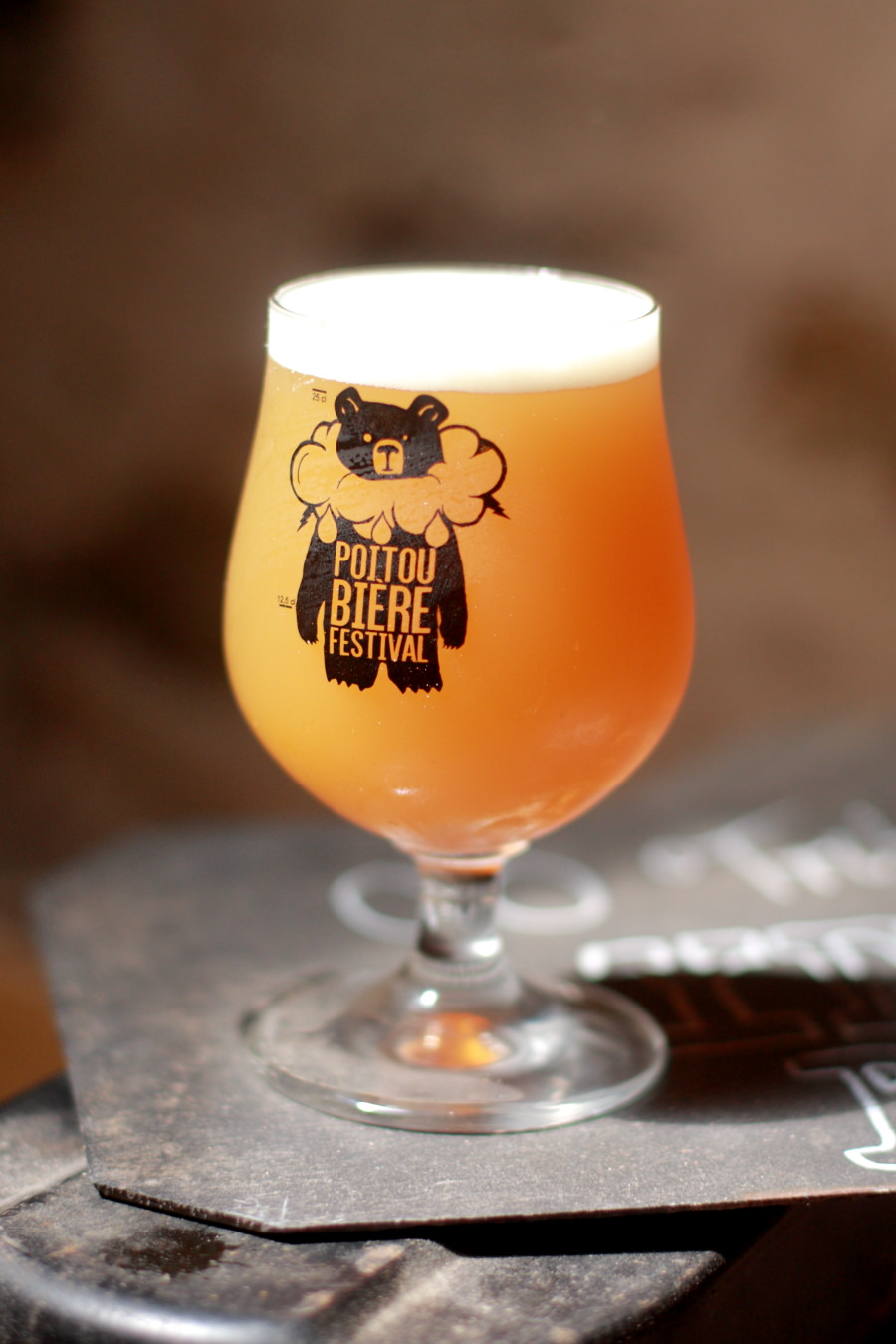I think this observation is worth sharing.
Two samples of the
same starter wort used to step up the WLP066 London Fog strain from the
same fermentation.
On the left, I used about 12ml harvested fermenter leftovers after the prior NEIPA beer had been cold-crashed.
On the right, the bottle dregs from one of the beers produced by that same fermentation.
Key difference being... a lot more hop matter in the fermenter sample. No other significant variables... same wort, time, temp, agitation, volumes, similar seeding, age, sample rate etc.
My initial guess is the flocculation mechanism is delayed/inhibited by the presence of the hop compounds introduced during active fermentation? Lends credence to the London Fog tag and what people are seeing in NEIPA style recipes. If anyone has more insight/experience I'm keen to find out more.
I've used the (leftmost!) starter that I grew in a small volume of a low density pale ale today. I won't put any hops in during active fermentation and intend to crash and rack into a keg before dry hopping. (I'm stepping up for a bigger NEIPA style beer with this small test volume)















































![Craft A Brew - Safale BE-256 Yeast - Fermentis - Belgian Ale Dry Yeast - For Belgian & Strong Ales - Ingredients for Home Brewing - Beer Making Supplies - [3 Pack]](https://m.media-amazon.com/images/I/51bcKEwQmWL._SL500_.jpg)

















